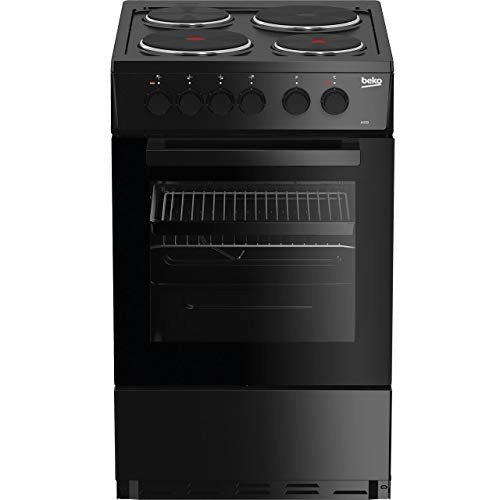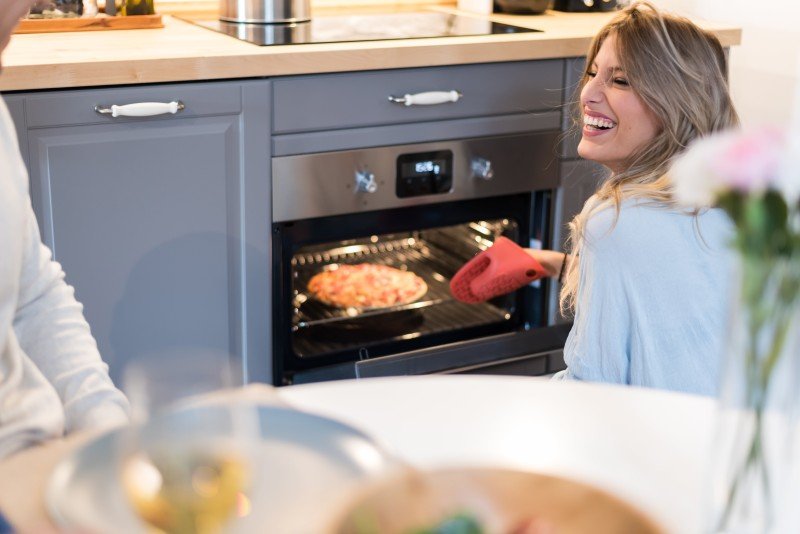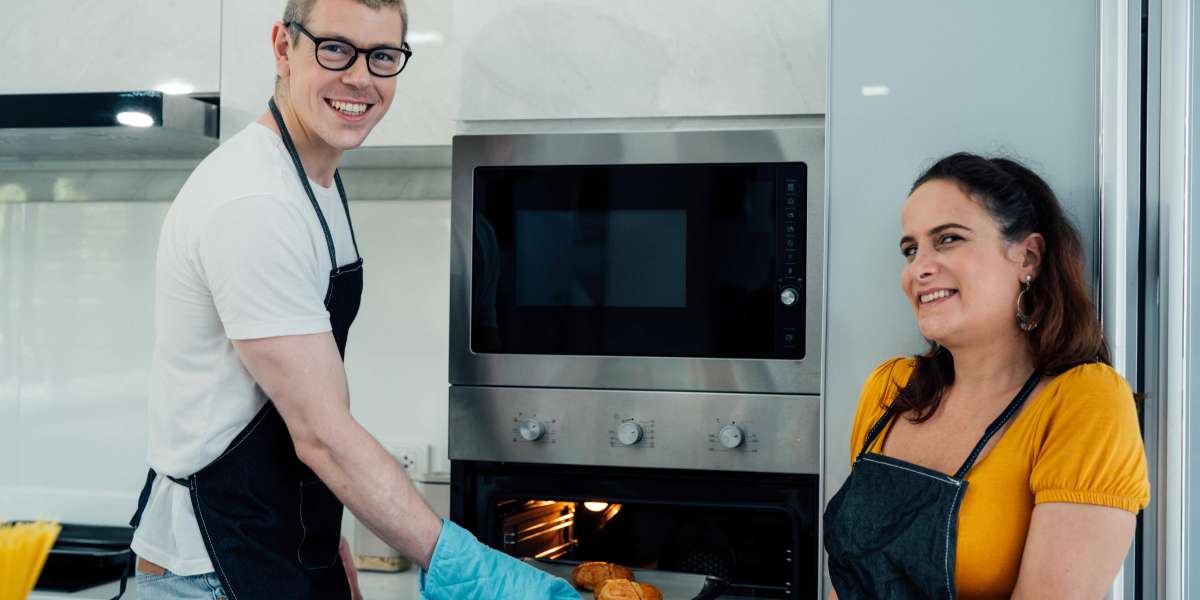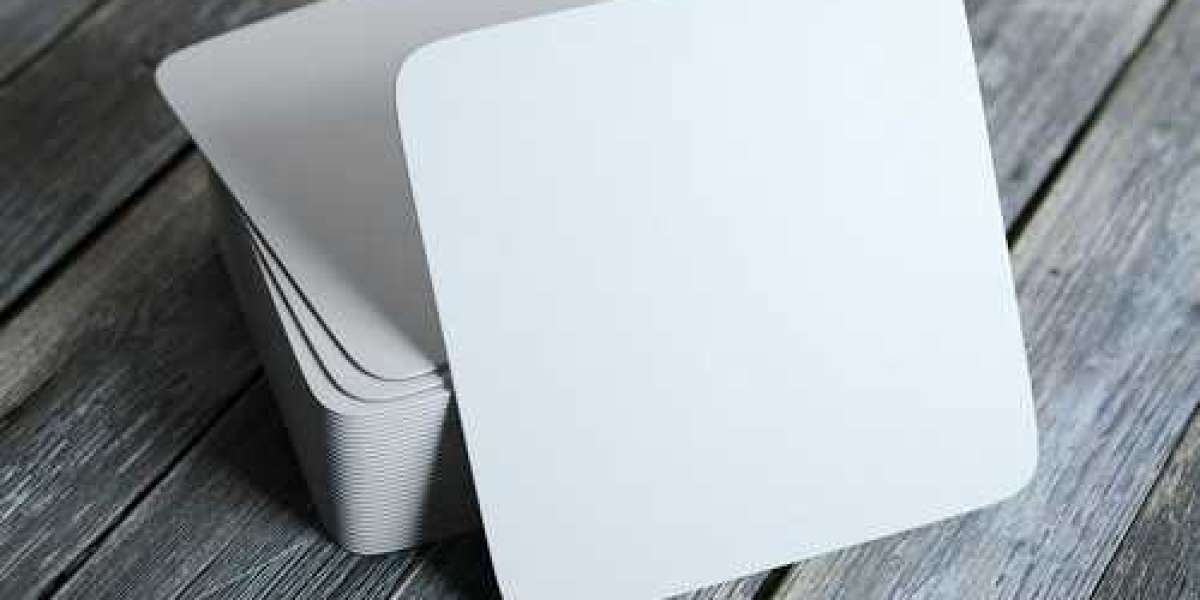Built-in cookers have revolutionized the way we approach cooking and meal preparation in modern kitchens. These appliances seamlessly integrate into kitchen cabinetry, offering a space-saving solution that combines efficiency with sleek design. In this article, we will delve into the types, benefits, installation, maintenance, and considerations when choosing a built-in cooker.
What is a Built-In Cooker?
A built-in cooker is an appliance designed to be installed directly into the kitchen cabinetry. They come in various forms, including built-in ovens, microwaves, and cooktops (gas, electric, or induction). These cookers are intended to blend into the kitchen’s aesthetic while providing all the functionality of traditional cooking devices.
Types of Built-In Cookers
Built-In Ovens
- Convection Ovens
- Steam Ovens
- Wall Ovens
- Double Ovens
Built-In Cooktops
- Gas Cooktops
- Electric Cooktops
- Induction Cooktops
Built-In Microwaves
- Microwave Ovens
- Combination Microwave Convection Ovens
| Type | Features | Pros | Cons |
|---|---|---|---|
| Built-In Ovens | Multiple cooking modes | Space-efficient | Can be more expensive |
| Built-In Cooktops | Range of heat sources | Streamlined look | Installation may require professional help |
| Built-In Microwaves | Compact and efficient | Saves counter space | Limited capacity |
Benefits of Built-In Cookers
Incorporating built-in cookers into a kitchen design offers a multitude of advantages:
- Aesthetic Appeal: Built-in cookers run flush with cabinetry, creating a streamlined and polished look that traditional appliances often lack.
- Space Efficiency: These cookers save valuable countertop space, allowing for a more organized kitchen layout.
- Enhanced Functionality: Many built-in cookers are designed with advanced technology and features for improved cooking efficiency.
- Customization: Homeowners can choose appliance finishes and features that complement their kitchen design, enhancing overall decor.
Installation of Built-In Cookers
The installation process for built-in cookers varies based on the type of appliance. Below are general steps to follow for installing a built-in oven, which can serve as guidance for other appliances as well.
Choose the Right Location
- Find a spot in the cabinetry that is near power sources and offers adequate ventilation.
Measure the Space
- Always measure the space carefully to ensure a snug fit for the cooker.
Prepare the Area
- Remove any existing appliances and clear the area around where the built-in cooker will be placed.
Install the Cooker
- Follow the manufacturer’s instructions for mounting the appliance into the cabinetry. Ensure that all connections are secure and compliant with local safety codes.
Finalize Setup
- Connect the power supply and test the cooker to ensure it operates correctly before fully sealing it into the cabinetry.
Maintenance Tips for Built-In Cookers
Regular maintenance is essential to keeping built-in cookers functioning optimally. Here are some key maintenance tips:

- Keep It Clean: Regularly wipe down surfaces to prevent buildup of food residues and grease.
- Inspect Seals: Check door seals on ovens and microwaves regularly for any signs of wear.
- Run Self-Cleaning Features: For ovens with self-cleaning modes, utilize these according to the manufacturer’s recommendation.
- Check Connections: Periodically inspect any gas or electrical connections for leaks or wear.
Choosing the Right Built-In Cooker
Before purchasing a built-in cooker, homeowners should consider the following:
- Space Availability: Determine how much space can be allocated in the kitchen cabinetry for appliances.
- Cooking Needs: Assess cooking habits, preferred methods, and the types of meals typically prepared.
- Budget: Built-in cookers can vary greatly in price. Set a budget that includes installation and any additional features desired.
- Style Preference: Match the design and finish of the built-in cooker with existing kitchen decor.
FAQs About Built-In Cookers
What are the advantages of built-in cookers over freestanding ones?
Built-in cookers provide a cleaner, more organized kitchen look, save counter space, and can be customized to fit seamlessly with cabinetry.
Are built-in cookers more expensive than standard appliances?
Typically, built-in cookers can be more expensive due to their custom nature and installation requirements.
Can built-in cookers be replaced easily?
While it is possible to replace a built-in cooker, it may require professional help to ensure that installation needs are met according to manufacturer specifications.

Do built-in cookers require special maintenance?
While maintenance isn’t drastically different, built-in cookers may have specific care guidelines from the manufacturer that should be followed.
Is installation of a built-in cooker difficult?
Installation can vary in difficulty. Some may opt for professional installation, especially for gas connections, whereas others may be comfortable with DIY procedures.
Built-in cookers are an investment that modernizes kitchen spaces, enhances functionality, and integrates seamlessly with existing décor. Understanding the types, benefits, installation, and maintenance associated with built-in cookers will empower homeowners to make informed decisions that suit their culinary needs and aesthetic preferences. Whether upgrading a kitchen or building a new one, built-in cookers will surely impress with their convenience and style.






